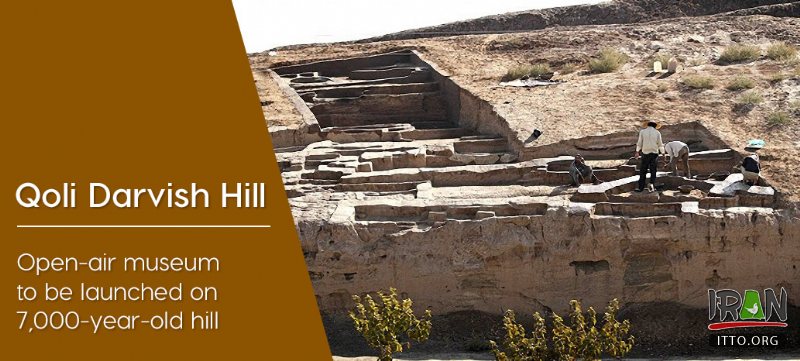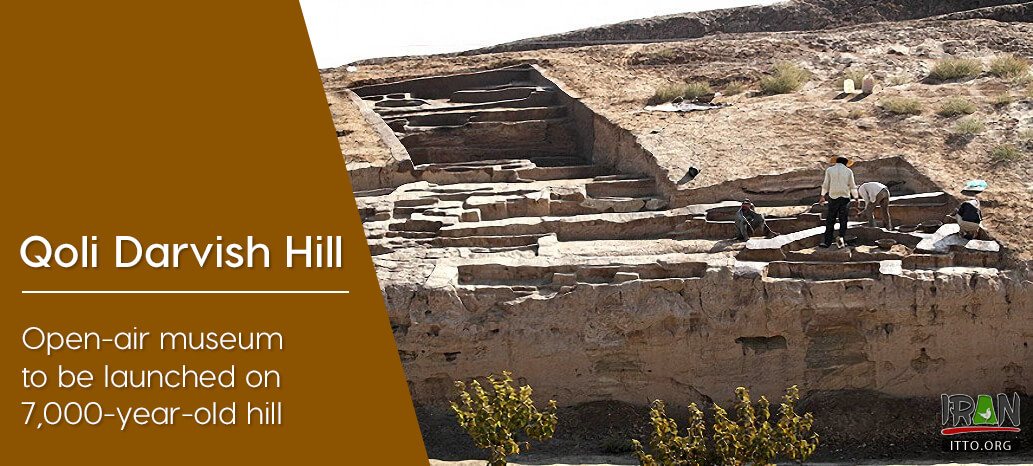An open-air
museum site is planned to be established on the ca. 7,000-year-old Qoli Darvish Hill, which is situated in Qom province.
As the archeological excavations carried out on the ancient hill have yielded rich results, launching a museum for displaying the results to the researchers and history buffs seems necessary, Mr A. Najafpur said.
Last month, the provincial tourism chief, H. Yazdani, announced that an archaeological project is scheduled to be launched on the ancient hill with a budget of one billion rials (about $24,000).
Dating back to the Iron Age, the hill is located southwest of the city
Qom. Archeological excavations, which began in 2002 showed that
Qoli Darvish dates back to six to seven thousand years ago.
The hill covers land as big as 50 hectares. The discovery of historical elements of an ancient temple from the Bronze Age to the end of the Iron Age led to conclusions about the social classes and further anthropological researches about those periods of history.
In recent years, domestic and foreign tourists can visit the ancient hill, which was inscribed on the National Heritage list in 2003.
The country’s second-holiest city after
Mashhad,
Qom is home to both the magnificent shrine of
Hazrat-e Masumeh (SA) and the major religious madrasas (schools).
Apart from sightseers and pilgrims who visit Qom to pay homage at the holy shrine, the city is also a top destination for Shiite scholars and students who come from across the world to learn Islamic studies at its madrasas and browse through eminent religious bookshops.



